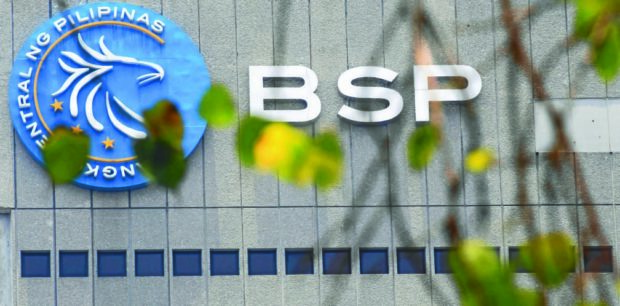Number of bank accounts of poorest Filipinos has doubled, says BSP
MANILA, Philippines — The number of low-income Filipinos who own bank or financial accounts has almost doubled in recent years due, in large part, to the continued digitalization of financial services, according to the central bank.
In a statement, the Bangko Sentral ng Pilipinas (BSP) said there has been an increase in account ownership among the country’s poorest citizens, or the class “E” socioeconomic segment, nearly doubling to 27 percent in 2019 from 14 percent in 2017.
The same trend can be observed across the broader economy as account ownership among Filipino adults rose to 29 percent in 2019 from 23 percent in 2017, translating to an additional five million Filipinos being financially included in the span of two years, according to the regulator’s latest Financial Inclusion Survey.
“The future is digital, and it is here,” BSP Governor Benjamin Diokno said during a recent webinar on digital financial inclusion in the Philippines. “We need to make sure that our constituents and the public that we serve are not left behind.”
“Let us prepare them for the new economy and equip them with access to transformative digital financial services,” he added, as he stressed the importance of digitalization in helping prepare Filipinos for the so-called New Economy.
The country’s top financial regulators said the latest numbers are a good indicator of Filipinos’ readiness to adopt digital finance, including those in less affluent market segments that face connectivity challenges.
The BSP chief also cited ways on how the public sector can prepare its constituents for the new economy and its transformative digital financial services.
These include adopting digital payments in social welfare programs and public services; seeking partnerships with and support from government agencies, civil society, and the private sector, including financial service and technology providers; and advocating for digital and financial literacy efforts for their constituencies.
The central bank chief is pushing for the country’s transformation into a digital-heavy, cash-light society, where at least 50 percent of all transactions will be digital by 2023 and 70 percent of Filipino adults should have formal bank accounts by 2023.
In 2020, over 4 million new electronic financial accounts were created in the Philippines.
Diokno said he expected a further surge in the use of digital platforms for payments and in the number of Filipino adults with financial accounts over the near term, highlighting that the BSP is on track in its financial inclusion and digitalization goals.
The national ID system, mass registration for which is ongoing, will also help facilitate the Philippines’ digitalization and financial inclusion goals. This will address the problem of lack of formal IDs among the marginalized, which is a major barrier for them to open bank or financial accounts.
